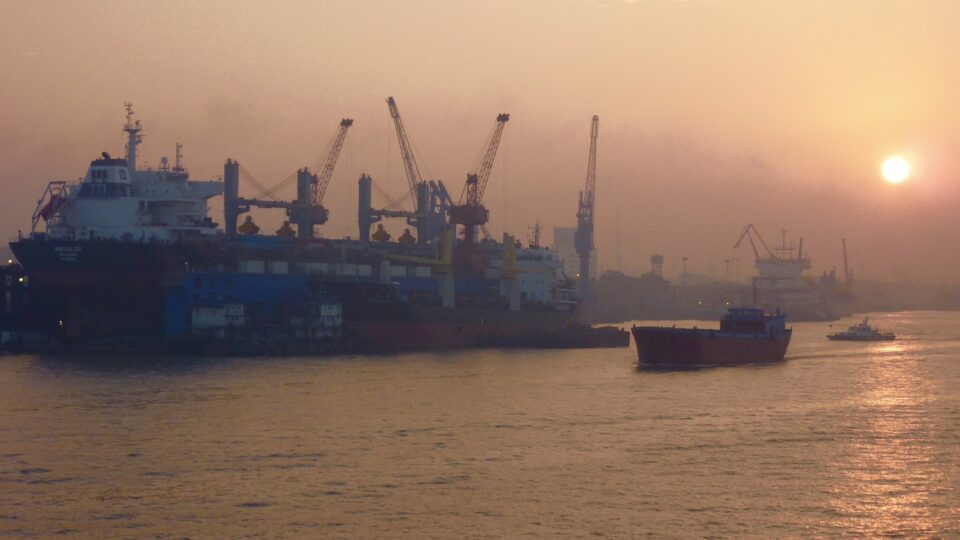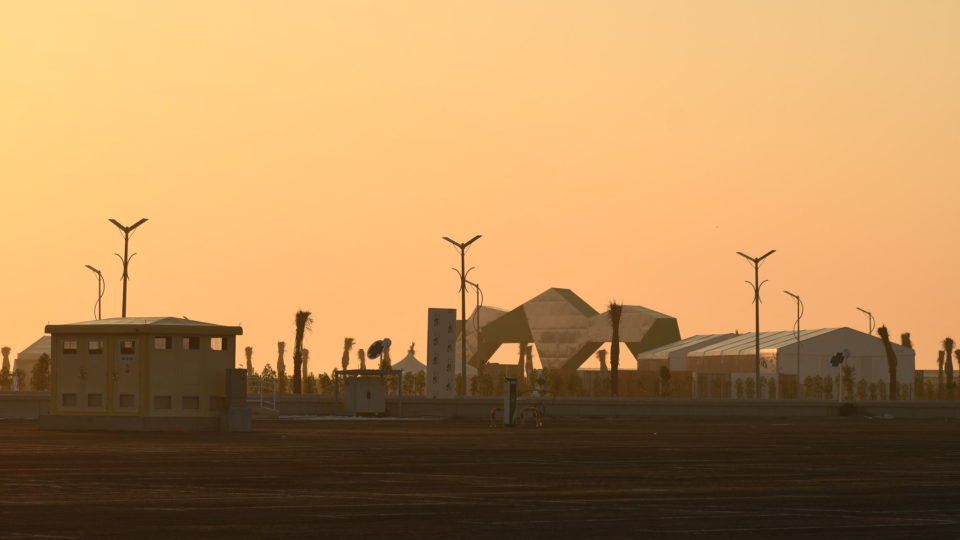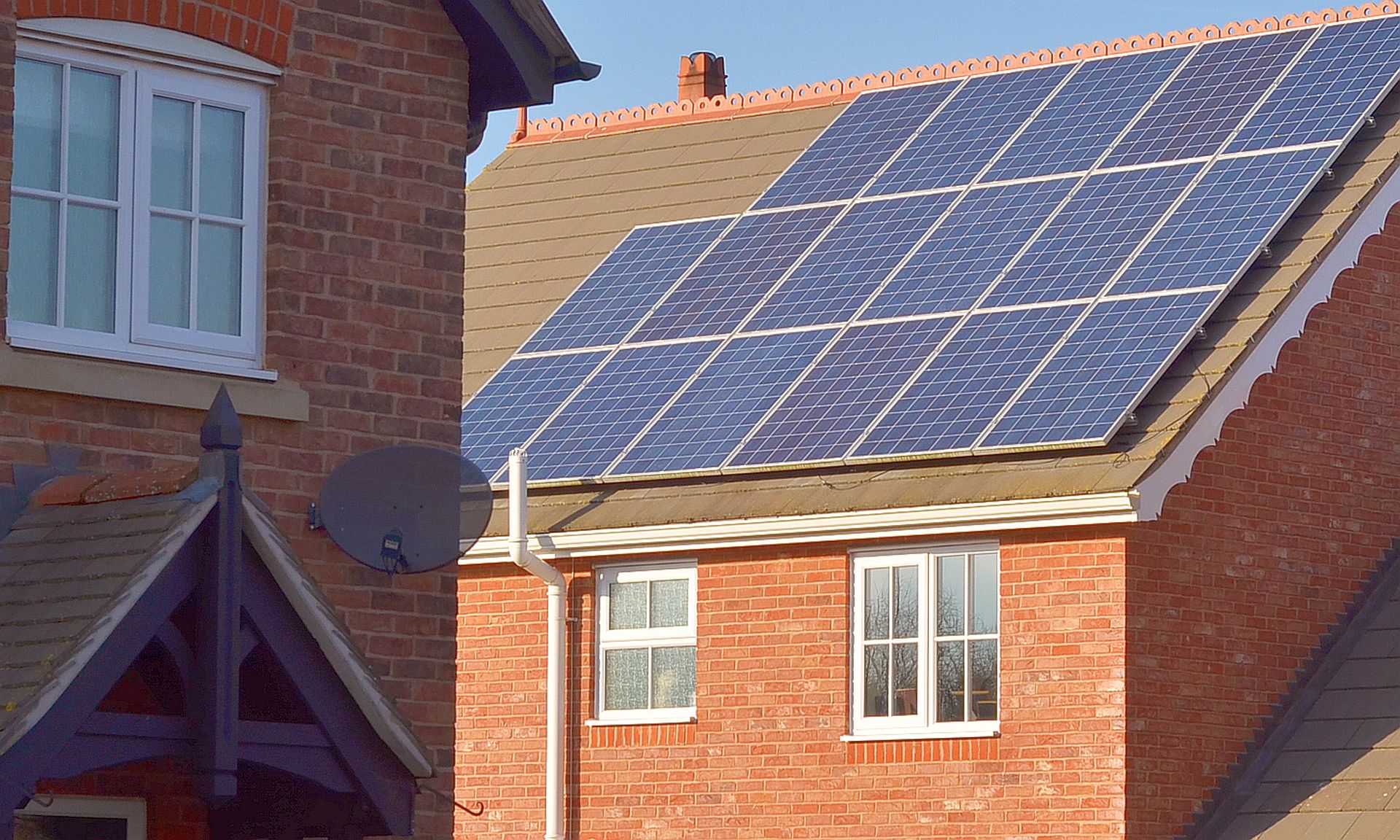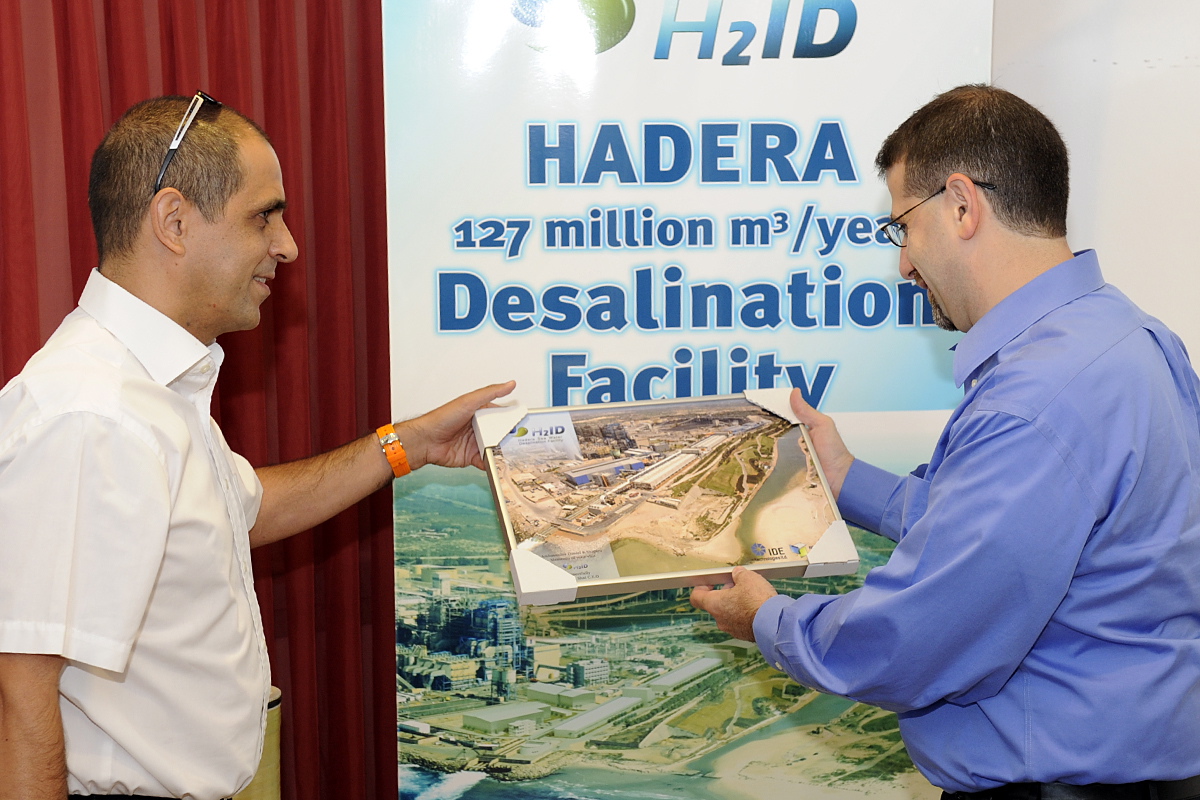People are artificially expanding the coastlines of cities by extending industrial ports and creating luxury residential waterfronts. Major cities have added 900 square miles to their coastlines just since 2000.
A recent study published in the journal Earth’s Future made use of satellite imagery to analyze land changes in 135 cities with populations of at least 1 million. But population growth is not the only driver of coastal land reclamation. It is popular in places that are eager to enhance their reputation and promote revenue growth.
At present, coastal land reclamation is most common in the Global South, where many economies are growing. In the past, the Global North dominated the use of coastal land construction.
The largest additions to land area occurred in China, Indonesia, and the United Arab Emirates. Port extension is the most common reason for development. Shanghai alone has added 135 square miles of land.
New land is typically created by piling sediments in the ocean, building cement sea walls and structures to contain sediments or cement, or sometimes filling in wetlands and other shallow areas of water near the coast. The ecological impacts of reclamation are immense and, unfortunately, are not always considered. Projects affect both the local ecosystems as well as those of the places where fill materials are obtained.
Industrialization and the need for urban space have driven much coastal reclamation. Some projects, such as the palm-tree-shaped artificial islands of Dubai, are essentially for prestige. Some cities, including Shanghai, are building new land in consideration of future sea level rise.
**********
Web Links
New Land Creation on Waterfronts Increasing, Study Finds
Photo, posted October 15, 2010, courtesy of Werner Bayer via Flickr.
Earth Wise is a production of WAMC Northeast Public Radio




